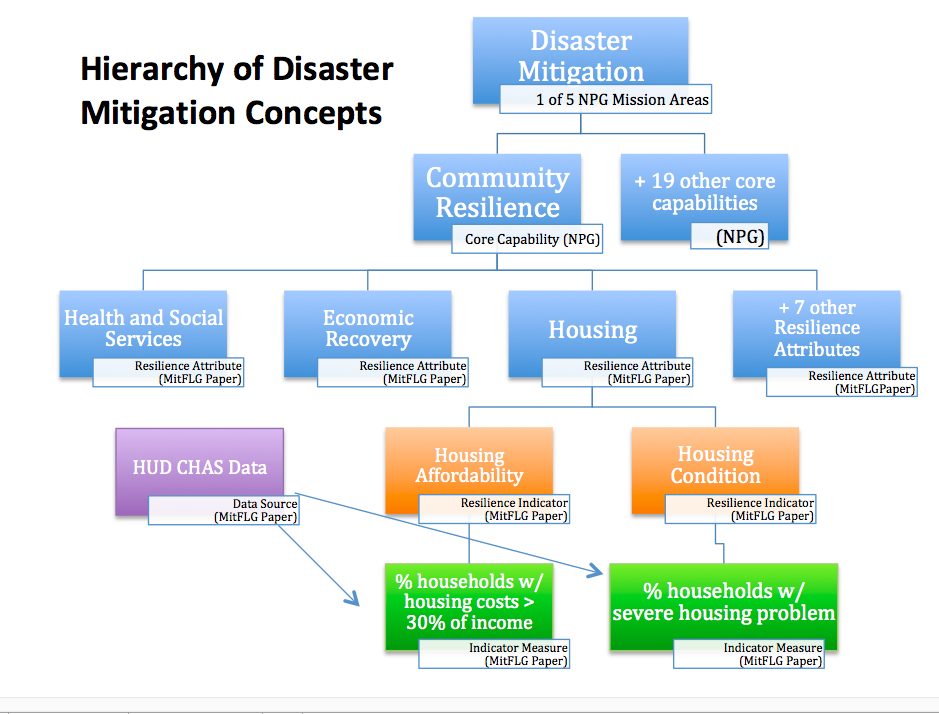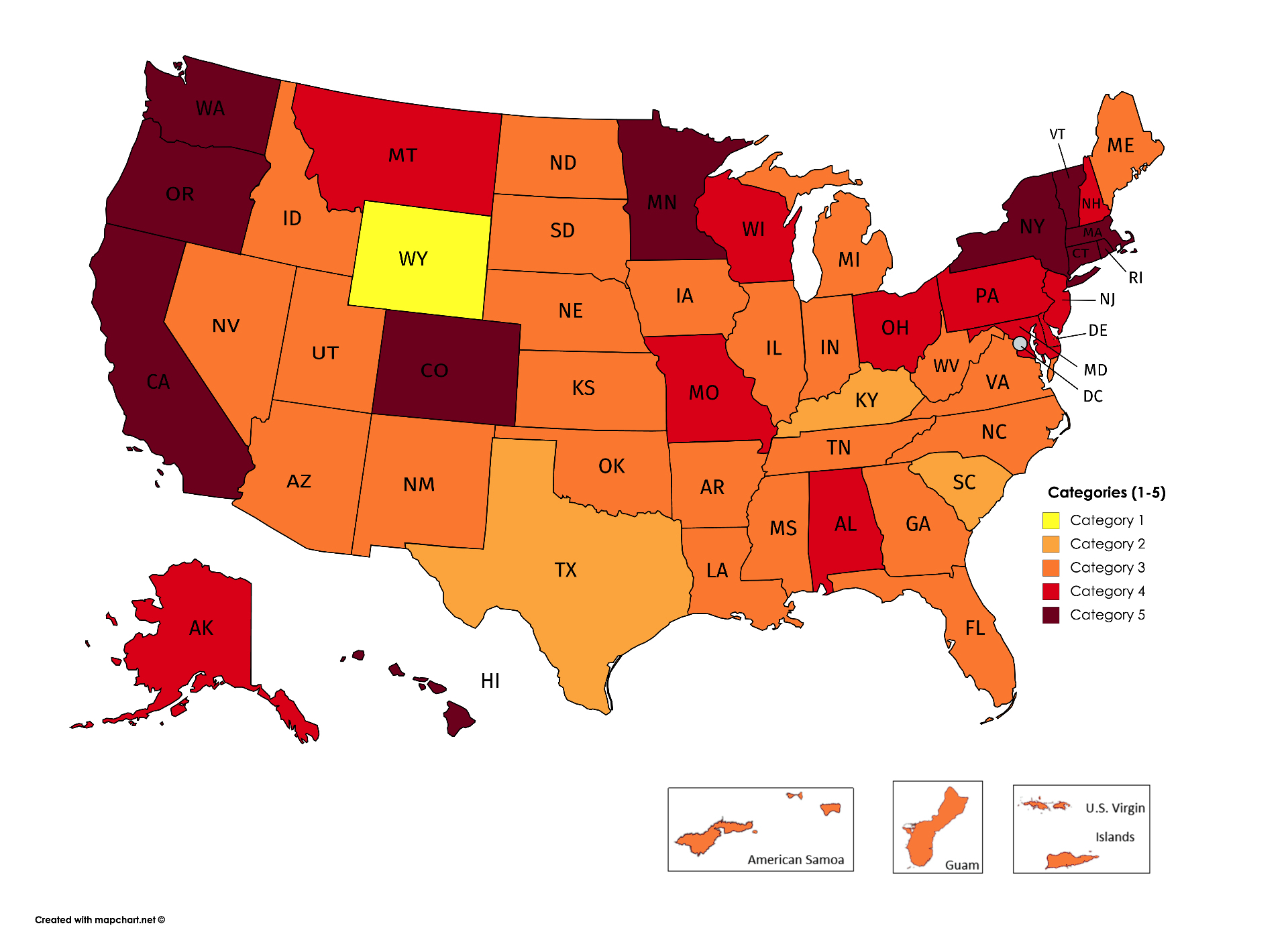
On September 19, the George Washington University Law School, Society for Risk Analysis, USDA Risk Forum and Environmental Law Institute co-hosted a workshop on the role of adaptive management in government decision-making. Representatives from federal agencies, civil society organizations and academic institutions gathered to discuss some of the key barriers to and opportunities for adaptive management in federal programs. The attendees included SCCCL Director Michael Gerrard and Associate Director Jessica Wentz.
One of the primary topics discussed during the workshop was whether there are administrative or procedural barriers under the Administrative Procedure Act (APA) and other federal statutes that significantly impede the ability of federal agencies to engage in “genuine” adaptive management—i.e., a robust and structured process of iterative decision-making in the face of uncertainty that involves a cyclical process of experimentation, monitoring, assessment, and learning from results. This discussion commenced with a presentation from J.B. Ruhl and Robin Craig on their recent proposal for amending the APA to create an alternative set of administrative procedures for agencies using adaptive management, which the authors refer to as an “adaptive management track.” Ruhl and Craig suggest that this alternative track could provide enhanced flexibility for federal agencies by insulating certain decisions from procedural hurdles under the APA and other statutes. Specifically, agency decisions undertaken as part of an eligible adaptive management plan would be largely exempt from APA requirements relating to judicial review and public participation, as well as procedural requirements under other federal statutes, including the National Environmental Policy Act (NEPA).
As described in their proposal, the decision as to whether a federal activity would be eligible for this alternative track could be made by Congress or left to the lead agency’s discretion. In the latter scenario, Ruhl and Craig recommend that statutory criteria should be developed to determine what actions are appropriate for adaptive management. The agency seeking to utilize the adaptive management track would need to issue a formal rulemaking explaining the basis of its decision, and in particular, demonstrating that the activity meets the statutory eligibility criteria. The agency would then be required to develop a comprehensive adaptive management plan in accordance with predetermined statutory criteria. Both the initial decision and the plan would be subject to traditional APA requirements for public participation and judicial review. However, the agency’s subsequent actions taken in accordance with the plan would be insulated from requirements relating to judicial review, public participation, environmental impact assessment, and other procedural constraints.[1]
Ruhl and Craig suggested that this trade-off would be necessary to allow for a truly iterative process of decision-making and to incentivize agencies to pursue this adaptive management. But in the discussion that ensued, many of the workshop attendees expressed concerns about insulating agency decisions from public and judicial scrutiny. Some were concerned that the alternative track would be used as a way to circumvent legal requirements under the APA and other statutes, as opposed to a tool for genuine adaptive management. In particular, many commentators were critical of the idea that agency actions implemented under this track would be exempt from environmental review under NEPA, since that process provides valuable information about the potential impacts of proposed actions as well as opportunities for enhanced public participation in decision-making. Some noted that robust public participation and environmental impact assessment actually facilitate adaptive management. For example, NEPA provides a formalized process for predicting the impacts of a particular action, and these predictions can help guide experimentation within an adaptive management framework.[2]
Several commentators also suggested that the creation of a binary system of administrative law with a “traditional” track and an “adaptive management” track was misguided, because all agency decision-making processes require some level of iterative thinking and adaptive learning. Rather, these commentators felt that a more universal approach to encourage and facilitate context-appropriate adaptive management among federal agencies would be more prudent. Another commentator argued that a statutory amendment to the APA was not a particularly flexible or adaptive means of promoting adaptive management (since statutes are relatively static expressions of law and very difficult to amend). Finally, many of the federal agency representatives suggested that administrative and procedural hurdles did not significantly impede their ability to engage in adaptive management, and thus a statutory amendment of the sort proposed by Ruhl and Craig may be unnecessary.
During the second portion of the workshop, federal officials from the Department of Interior (DOI), U.S. Geological Survey (USGS), Forest Service (USFS), Environmental Protection Agency (EPA), Army Environmental Command (AEC), and Army Corps of Engineers (Corps) provided updates on how their agencies are incorporating adaptive management into decision-making. It was clear that DOI and USFS have taken the lead with adaptive management, in part due to the nature of their mandates (resource management and planning) and the breadth of their discretion in implementing those mandates. A representative from USFS noted that his agency has been practicing adaptive management in some form for many years, although they did not use that terminology. More recently, USFS released its 2012 Planning Rule which reinforces the agency’s adaptive approach to forest management planning by creating a more efficient and collaborative process for amending management plans in light of new knowledge. The USFS represented noted that trust and stakeholder commitment are major components of successful collaborative planning, and thus that USFS seeks to develop adaptive management processes which will facilitate the development of positive, trustful relationships between regulators and private entities.
DOI has also prioritized adaptive management in recent years. The agency published its first Technical Guide for Adaptive Management in 2007, a revised Technical Guide in 2009, and an Applications Guide in 2012. In addition, USGS scientists and other experts have created a series of training videos on the use of adaptive management, which are hosted at the Bureau of Land Management (BLM)’s Knowledge Resource Center. Some of the areas in which DOI explicitly utilizes adaptive management include sports hunting management, watershed management, land use management, species and habitat management, and climate change adaptation. DOI is currently contemplating whether and how an adaptive management approach could be used to manage ecosystem services. A representative from USGS also discussed in greater detail several specific case studies in adaptive management, including the Plains and Prairies Landscape Conservation Cooperative, management of Waterfowl Hunting, and the construction of Glen Canyon Dam.
Representatives from other federal agencies, including the EPA, AEC and the Corps, discussed some more limited examples of adaptive management-type practices within their agencies. The extent to which these agencies were able to engage in adaptive management appeared to depend largely on the nature of their statutory authority over various issues. For example, EPA’s ability to adaptively manage air resources is constrained by the very detailed and rule-based structure of the Clean Air Act. In contrast, AEC had significant discretion over its own planning operations and thus could engage in a variety of adaptive management-type activities.
One key finding from the federal agency briefings was that the primary barriers to adaptive management are not necessarily legal—in fact, resource limitations appear to be the greatest barrier to truly robust adaptive management, followed by technical limitations. With respect to legal barriers, it seems that the extent to which law confines an agency from using adaptive management issue depends more on the substantive statute(s) governing the agency’s activities, as opposed to any procedural or administrative constraints imposed by the APA, NEPA, or other federal statutes.
[1] There would be narrow circumstances in which courts and the public could intervene in the agency’s decision-making process—for example, if the agency fails to disclose monitoring data or there is an emergency necessitating departure from the agency’s adaptive management plan.
[2] Within an adaptive management framework, the predicted impacts identified in an Environmental Assessment (EA) or Environmental Impact Statement (EIS) could serve a function similar to that of a hypothesis in a controlled scientific experiment. One federal representative noted that without ex-ante predictions about the results and environmental impacts of an action, it was difficult for their agency to identify appropriate metrics for monitoring and evaluating the success of the action – and as such, this significantly impeded the effectiveness of their adaptive management efforts.



